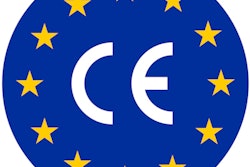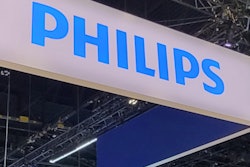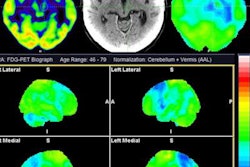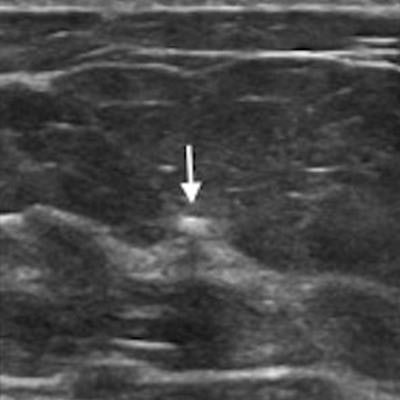
Ultrasound-guided localization with magnetic seeds can localize nonpalpable breast lesions, and may perform better than stereotactic seed localization, according to Italian research published on 22 August in Clinical Breast Cancer.
A team led by Dr. Catherine Depretto from the National Cancer Institute of Milan concluded that nonradioactive magnetic seed localization is an "easy, safe, reliable, and effective" method for localizing nonpalpable breast lesions.
"Both radiologists and surgeons agreed that the technology was intuitive to use and that it can be widely applied in pre-operative localization in breast units," Depretto and co-authors wrote.
Many breast cancers detected on mammography are small and nonpalpable. These cancers should be precisely localized before treatment to avoid excessive tissue removal. While wire localization has been the gold standard, researchers in recent years have begun experimenting with nonwired methods. These include radioactive seeds, radar reflectors, radiofrequency identification (RFID) tags, and magnetic seeds.
For their prospective study, Depretto and colleagues wanted to evaluate the performance of preoperative magnetic seed localization on nonpalpable breast lesions, using the Magseed system (Endomag, Endomagnetics). This system includes an ultrasound localization device that uses a stainless-steel magnetic seed that's deployed with an 18-gauge needle.
The researchers tested the system by placing a total of 1,123 magnetic seeds in 1,084 women. Four radiologists placed the seeds under ultrasound or stereotactic guidance.
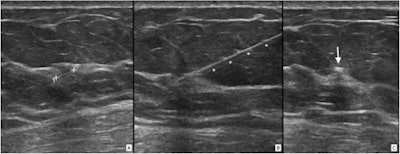 Ultrasound-guided Magseed localization of a nonpalpable lesion. (A) target lesion, (B) Magseed needle introducer (asterisks), (C) Magseed in situ (arrow). Images courtesy of Clinical Breast Cancer. Licensed under CC BY 4.0.
Ultrasound-guided Magseed localization of a nonpalpable lesion. (A) target lesion, (B) Magseed needle introducer (asterisks), (C) Magseed in situ (arrow). Images courtesy of Clinical Breast Cancer. Licensed under CC BY 4.0.The team found that this method had a success rate of 100%, with all seeds being detectable across the depth of the skin in all breast sizes and at all depths by seven surgeons. It also found that 97.5% of the seeds were correctly placed into the target lesions. The remaining 2.5% were dislocated.
The radiologists in the study indicated that the seeds were easy to place, and the researchers reported that there were no complications or safety issues.
Finally, the team reported a repeat operation rate of 5.1% (n = 28), a more favorable proportion than that seen in previous studies. Of these, 19 were introduced via stereotactic guidance, while nine were placed under ultrasound guidance. The study authors suggested that this may be due to stereotactic guidance needing breast compression.
"Breasts that are voluminous and predominantly composed of adipose tissue are more susceptible to dislocation upon decompression," the authors wrote. "Additionally, a significant factor contributing to migration, observed in both ultrasound and stereotactic guidance, is the presence of large hematomas, resultant from prior biopsies, in proximity to the lesion."
Still, the team highlighted that their results show magnetic seed localization as "a promising avenue" for widespread adoption in breast units.
The full study can be found here.




